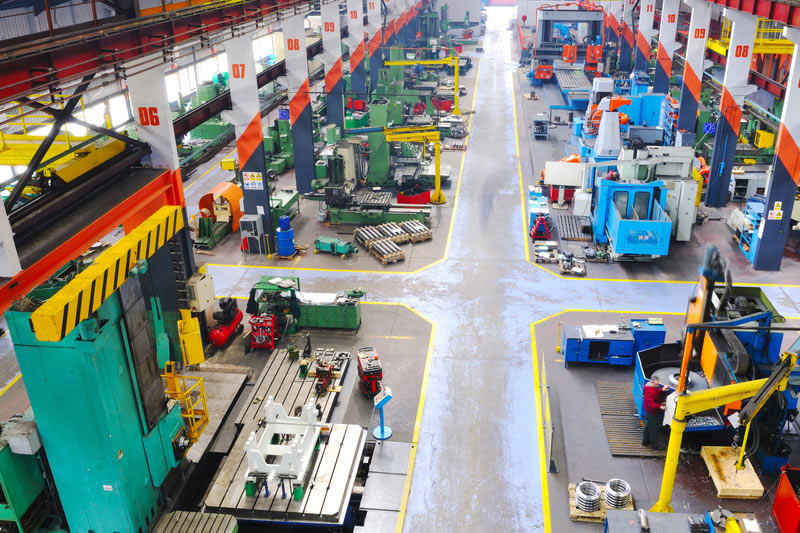* Q1 capex +0.4 pct, vs +0.7 pct consensus
* Q1 plant and machinery capex +2.5 pct, positive for economic growth
* Latest estimate for 2017/18 capex A$117.5 billion vs A$115.1 billion consensus (Adds analyst comment, updates A$ level)
By Swati Pandey
SYDNEY, May 31 (Reuters) - Australian business investment missed expectations last quarter as manufacturers cut back on spending, yet other sectors including miners splashed out more on plants and machinery in a positive sign for economic growth.
Worryingly, corporate spending plans for 2018/19 pointed to a more cautious outlook amid the threat of weakening consumer spending at home and a global trade war.
The mixed numbers mean the Reserve Bank of Australia (RBA) will stick to its neutral stance for a while yet. The central bank last cut rates to 1.50 percent in August 2016, and this record stretch of steady policy is all but certain to extend as the RBA awaits a revival in inflation and economic growth. from the Australian Bureau of Statistics (ABS) showed on Thursday investment rose 0.4 percent in the March quarter to A$29.81 billion ($22.52 billion).
That undershot forecasts for a 0.7 percent gain, though largely because investment in the previous quarter was revised higher to show an increase of 0.2 percent from a fall of 0.2 percent.
Mining capital expenditure posted its biggest quarterly jump since 2014 after successive quarters of steep declines. Worryingly non-mining capex nudged up only slightly while manufacturing slipped 3.3 percent, more than reversing a 2.3 percent gain in the fourth quarter.
The miss on the headline number did little to move the Australian dollar AUD=D4 which was last down 0.3 percent at $0.7556.
Importantly, spending on equipment, plant and machinery climbed 2.5 percent and should have added moderately to economic growth in the first quarter.
Figures due next week are likely to show Australia's A$1.8 trillion gross domestic product (GDP) expanded by anywhere from 0.5 percent to 0.8 percent in the quarter.
SPENDING PLANS
Helping the economy is the diminishing drag from the mining investment wind-down and an upswing in non-mining construction to meet the needs of a rapidly growing population.
Indeed, the latest estimates for business investment in the year to June 2018 were upgraded further to A$117.5 billion, from a previous A$114.6 billion, topping most analysts forecasts of A$115.1 billion.
Spending plans for sectors including utilities, construction and retail trade, were all running at record highs.
Estimates for 2018/19 nudged up to A$87.7 billion, in line with revisions seen in recent years but weaker than consensus of A$90.7 billion.
"This may indicate that firms are becoming more cautious about the outlook," said Sarah Hunter, head of Macroeconomics at BIS Oxford Economics.
"The survey timing corresponded with the ramping up of geopolitical tensions and tariff announcements globally, which together with the subdued outlook for consumer spending...may have dampened businesses' enthusiasm for investment."
Markets are generally wary about the spectre of a full-blown trade war after U.S. President Donald Trump announced levies on imported goods earlier this year, and later singled out China with further duties. home, a question mark remains around the strength of consumer spending as Australian households are saddled with a mountain of debt while wage growth is crawling at its slowest pace on record.
"The absence of sustained strength in consumer spending is a headwind for business equipment spending," Westpac economist Andrew Hanlal said. ($1 = 1.3238 Australian dollars)
